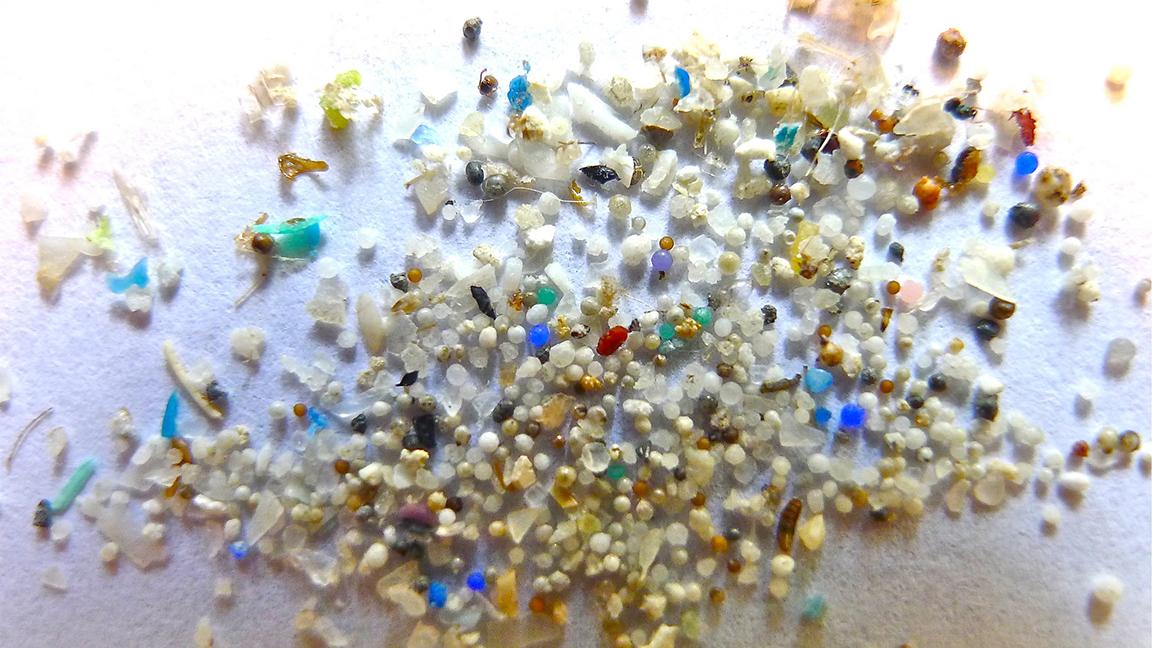
Image credit: Oregon State University/CC 2.0
The goal of this project is to characterize the size and weathering of plastic particles in Lake Superior and the St. Louis Estuary.
Why do this
This project seeks to address knowledge gaps regarding smaller-size microplastics, which are considered to be significantly biologically active.
Funding
Minnesota Sea Grant provided research support through our 2020-2022 biennial competitive Request for Proposal (RFP) process.
Lead scientist(s)
Melissa Maurer-Jones
Assistant Professor
Department of Chemistry and Biochemistry
University of Minnesota Duluth
218-726-7088
maujones@d.umn.edu
Scholarly Articles
Teixeira Franca Alves, P. H., Bahr, G., Clarke-Sather, A. R., and Maurer-Jones, M. A. (December 15, 2023). "Combining Flexible and Sustainable Design Principles for Evaluating Designs: Textile Recycling Application." ASME. J. Manuf. Sci. Eng. February 2024; 146(2): 020903. https://doi.org/10.1115/1.4063993
Minor, E.C., Gomes, U.D., Schreiner, K.M., Poulton, N.J., Hendrickson, E. and Maurer-Jones, M.A. (2023), Small microplastic particles in Lake Superior: A preliminary study coupling Nile red staining, flow cytometry and pyrolysis gas chromatography–mass spectrometry. Limnol Oceanogr Methods, 21: 800-813. https://doi.org/10.1002/lom3.10582
Fox, John & Schwoerer, Guenter & Schreiner, Kathryn & Minor, Elizabeth & Maurer-Jones, Melissa. (2022). Microplastics in the Water Column of Western Lake Superior. ACS ES&T Water. 2. 10.1021/acsestwater.2c00169.
Media Mentions
Partners
- Bigelow Laboratory for Ocean Sciences, NGO
- Minnesota Department of Natural Resources, State/Local Government
- University of Minnesota, Department of Chemistry and Biochemistry, Academic Institution (College and University)
- University of Minnesota, Duluth, Biology Department, Academic Institution (College and University)
- University of Minnesota, Duluth, Large Lakes Observatory, Academic Institution (College and University)